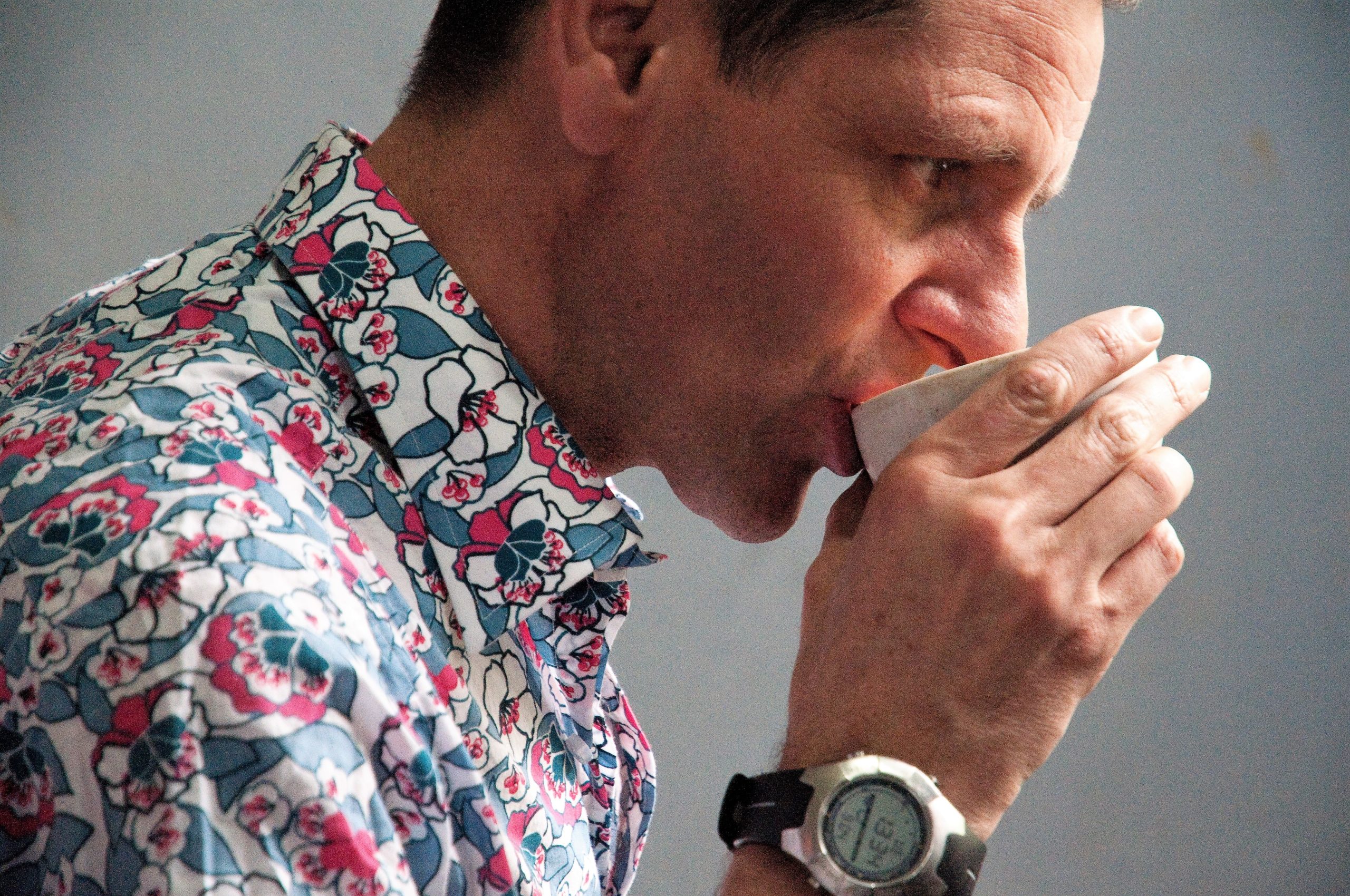
Kevin Gascoyne is one of four taster-owners of the acclaimed tea retail venture Camellia Sinensis (camellia-sinensis.com). The Canadian firm operates four retail tea locations, delivers tea globally to enthusiasts through its online store, and supplies many fine restaurants with selections of loose leaf tea. Hugo Americi opened the first Camellia Sinensis teahouse in Montréal in November 1998 and began buying tea from Gascoyne the following year. Gascoyne’s tea importing company was founded in 1989. In 2004 Gascoyne and Americi merged their two companies. Gascoyne, a native of Yorkshire, England is the company’s specialist sourcing Indian and Nepali teas.
Q: When would you say you “officially” decided to pursue tasting as a professional skill? What interested you about tasting?
Kevin Gascoyne: My introduction to tea was unspoken and visceral. The strong, milked ‘builder’s tea’ of the North of England was a solid feature of my daily diet from the time I was weaned on bottles of it. Those humble mugs of strong black tea blends, garnished with a shot of milk, still fill me with nostalgic pleasure whenever I’m in the U.K. Since then my body chemistry has never been without the magic nectar. I shared my hometown with Taylors of Harrogate. At ‘Betty’s’, their famous teahouse, they used to carry a small selection of fancy and Single Estate teas. On ordering the tea it was weighed from the large, antique Chinese caddy. As a teenager with a strong inclination for hobbies, the Assams and Darjeelings were a great combination of familiar black tea comfort and a whole new world of exotic leaves to explore. These fully oxidized, orthodox leaves presented an elevated, crisp new version of flavor groups that lurked in the milky clouds of my regular CTC brew.
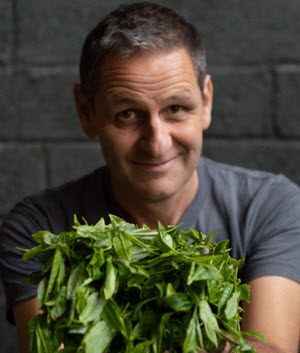
Q: What did you do prior to working as a tea taster? Did this represent a shift for you in what you originally thought you would be doing as a career?
Gascoyne: In those days I worked in bars and restaurants, I had never had plans to make tea my business. I don’t think I even thought about having a career. I had studied fine arts, had many costly pastimes that made no money, and romantic notions of being a wandering nomad. I got into a cycle of working hard, saving frugally and traveling extensively for many years.
Backpacking in the Himalayas in the late 1980’s I first tasted fresh Spring Darjeeling. I was in trouble! My taste buds were exploding, my heart hammering away from caffeine, altitude, and excitement and my little tea hobby was suddenly getting a big injection of ‘serious’. I started buying ‘directly’. In those days that meant by slow correspondence and crackly phone connections when your luck was really in. I still have some of the beautiful typed letters in eloquent Indian English from those early years.
Q: On that note, did you ever find that you had some teas which you were better at understanding or describing, even if they were not your personal favorite? If so, why do you think this was for you?
Though I now have access to the great pleasures of the World’s best leaf and am lucky enough to work with them all, Darjeeling remains my ‘Desert Island Tea’ and region of expertise. My focus as a buyer developed around the complexities of Himalayan teas.
Q: Which teas were initially the most challenging to you? Are they still or how did you sort of make peace with them and reach mutual understanding?
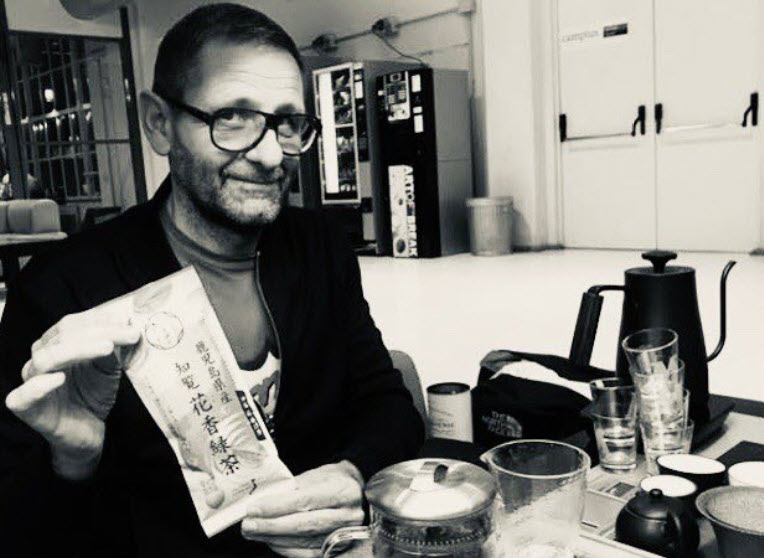
Gascoyne: The exaggerated aromatics of unroasted, modern style Tie Guan Yin is the only one that comes to mind. Though Tie and me may never be best of friends, we have worked at it, come to terms and now understand each other.
Q: Tell me about vocabulary for tea: What was the process like for you in going from identifying “something familiar”, perhaps relating it to a memorable experience or place, to being able to put a specific term to it?
Much of my work as a taster-buyer is done without speaking.
Gascoyne: Approaching the cupping table as a buyer I am in my own strange world. As a very visual person each flavor profiles open up into a three-dimensional space I call a ‘taste-scape’. Firstly I am analyzing overall structure and balance. Secondly, I am checking for either trademark or unusual flavor groups, depending on the contract. Next, checked for manufacturing defects. After thousands of cups, years, and gallons of sipping, there are corners and points in the flavor profile that I will check for problems like over-withering or poor drying, etc. A badly dried tea may blow your mind at the tasting table then completely lose its flavor a few short weeks later. (Just one of the expensive mistakes I have made while cutting my teeth in the business).
Q: Did you actively seek opportunities to build vocabulary? What were some of your exercises?
Gascoyne: Writing about tea was a great way to develop this. Transferring your thoughts to paper helps that connection between the sensorial and the intellectual. Try to shed that fear that there is a right and a wrong. Write the first thing that comes into your head. Trust me I hear some pretty strange ones. As with sketching in an art class the action that gets you into the zone, that gives you focus, is more important than the final result.
Q: Is there an area of vocabulary you found easier and, similarly, an area you found more difficult? I notice some people get stuck on certain areas and struggle to evolve their vocabulary in that area, perhaps because they don’t allow personal time away from the cupping table to study the character (ie: what is vegetal? what is brisk? etc,)
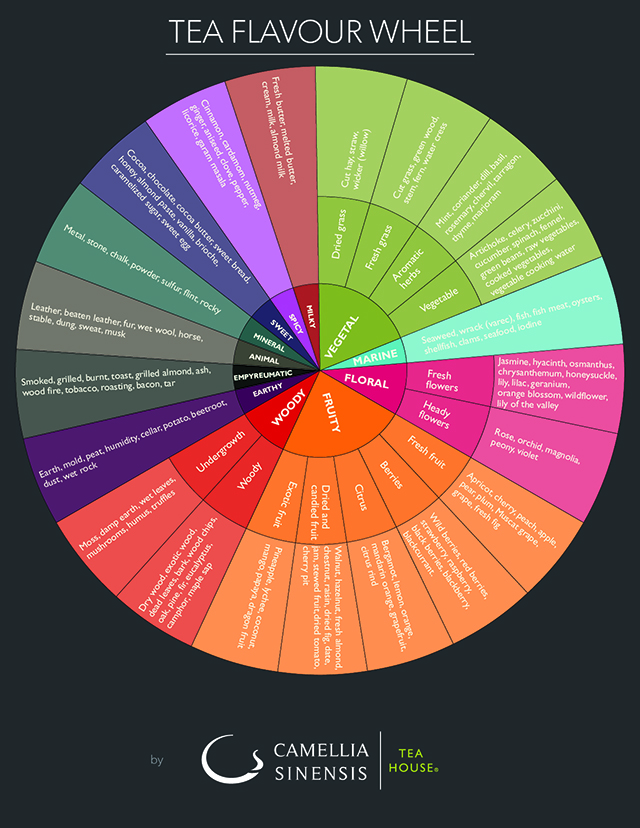
Gascoyne: Back in 2008 we developed our well-known (and often ‘borrowed’) Tea Flavor Wheel. This is a great tool for honing in on some of those more obscure corners of the flavor spectrum. I would say that ‘umami’ and ‘astringent’ are a couple of tough ones that need to be pointed out while they are happening in your mouth.
Q: What advice would you give to new tasters (professional and hobbyist) who have not yet had that “A-HA!” moment with a tea?
Gascoyne: For the pros keep on cupping.
For the amateurs: the first rule in tasting is that you are the boss, in charge of your own experience. You know what you like and how you like it. The more you explore infusion variables the more you will understand them. Make the same tea a few different ways. Try it in a free infusion sitting on the leaves so that as you drink you taste all the compound stages of flavor development. Most of all remember it should be fun and is essentially very simple, after all, it’s just leaves in water.
Tasting Notes by Kevin Gascoyne: Competition Bai Hao – 2nd Class
The hype surrounding Taiwan’s ‘Competition Teas’ is all too often focused on the price, but as a taster/buyer approaching these teas, it is the chain of events leading up to the result that really strikes me. Each grower in the association has selected his or her best batch of the year. Leaf by leaf it has been munitiously screened and sorted to perfection. Every batch in these competitions is imbued with the pride of the tea maker; a story of the minute subtleties of natural and artisanal variables in the terroir and technique. The magic meeting of chance and choice, that leads to each entry. Once entered the identity of each lot is carefully concealed removing the influence of reputation or prestige of a specific grower from the decision.
From the Emei Competition in 2019 I tasted a Second Class Bai Hao, seductively aliased Oriental Beauty.
This tea made it through to the top 5% of the 2,000 lots presented.
Brew: 10g 110ml 98°c Duan Ni style Gaiwan.
Price: $75 for 10 grams
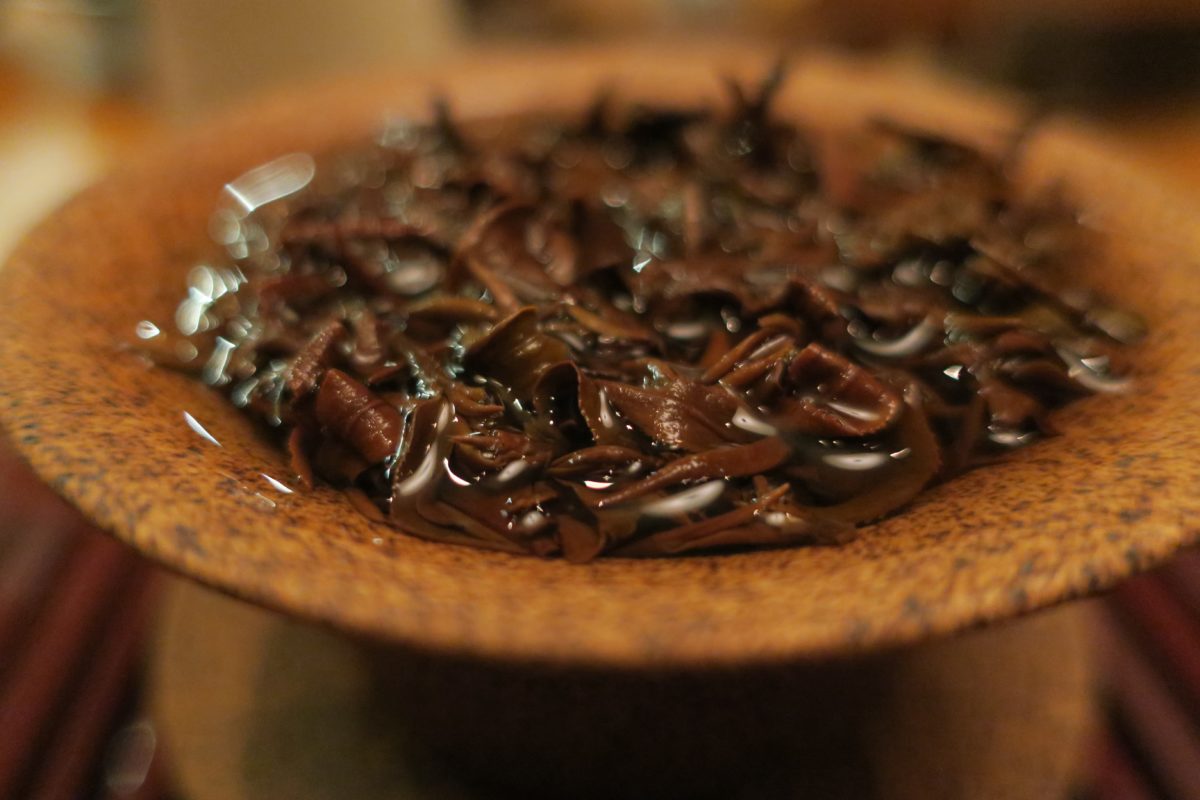
The dry leaf is exemplary you would be hard-pressed to find faults among these multi-colored leaves and silver buds, partially open and gently twisted.
Some Bai Hao prefer slightly lower temperatures but after a couple of disappointing brews on previous occasions I upped the temperature to a full boil. Once rinsed the rehydrating leaves of this magnificent tea fill the air with a bountiful, sweet fragrance of flowers, fruit, and spices. The liquor is silky and offers a full attack, secondary burst. As we settle into the pleasant persistence a final, unexpected tertiary burst of a different flavor set establishes the heavy-weight quality of this overall experience. This tea gave 8 full infusions and a couple more the next morning. This tea is a generous gourmet treat, multi-faceted in flavor groups, and superbly consistent with a subtle vitality that adds both definition and structure.
Competition Dong Ding – Special Mention #5
From the Luku Competition of Dong Ding teas, the Special Mention #9 is from the top 10 teas among the 6,000 presented to the jury.
Brew: 7.5g 200ml 98°c Celadon Gong Fu.
Price: $40 for 10 grams
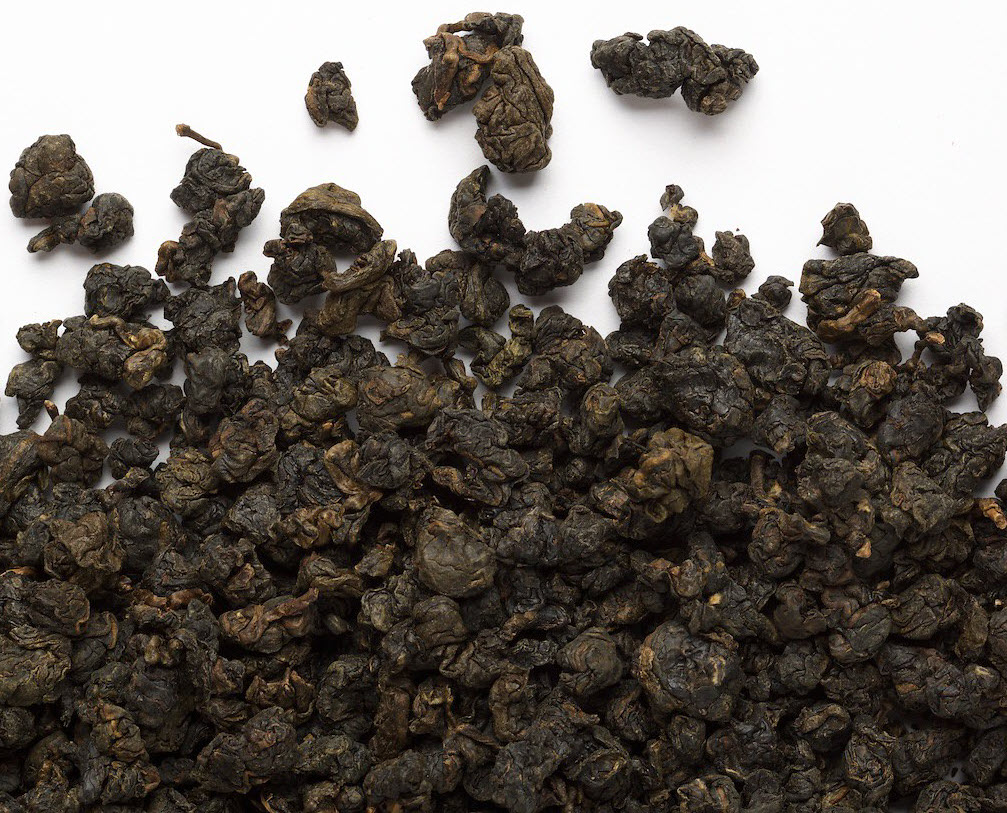
The Luku Competition focuses on the traditional roasted wulong as opposed to the bright floral explosions that are currently all the rage on the Taiwanese market. This adds the skill of roasting the leaves to the complexities of manufacture.
Another faultless dry leaf tight roll, no stem, and uniform in deep khaki color. On rinsing the leaves emanate floral and vegetal aromas.
The liquor is silky and bright. The attack is gradual but very complete opening into a multi-layered central flavor profile of three distinct flavor groups the vegetal chemistry of the green leaf, the tannic conversion of the light 25% oxidation, and the empyreumatic ‘roasty’ notes of the final roasting process. Each progressive infusion highlights new unexpected facets from pineapple to almond. The whole profile is neatly tied together by the well-integrated tannins and livened up by a pleasant, acidulous briskness that adds sparkle to the extensive persistence.
Great article Suzette and Kevin. Enjoyed the words of tea magic.
Thanks Paul
Kevin,
Just carry on doing what you’ve mastered.
Have always maintained that there is so much I have to learn from you.
Cheers!
Indi
It is a mutual mentorship partner!
Amazing read! Thanks Suzette and Kevin! Always an amazing learning experience from the veterans in the industry!
Thanks Nischal! Hope all is well with you and yours.
A true professional and a great person. Also, the best shirts in the tea industry.
Best to you Kevin, The Happy Tea Man
Thanks my happy tea friend!
Leafs and water…and writing. And keep on tasting and experimenting. I think that sums it up nicely. Great interview. Thanks.
Thanks Erik!
I remember the first time you came and bought ten kgs Darjeeling and packed it into your suitcase to carry back home to start the tea business. I think you were working in a restaurant at that time.
You have worked your way up with a lot of effort and it is a pleasure to see you doing well now.
Where would I be without you and the Mohan family? Aside from help with my very modest buying, much of my early tasting training was in that little upstairs tasting room.
Thanks Binod.
Kevin, wonderfully explained the intricacies and finer nuances of tasting rare teas. You can write an encyclopaedia perhaps with your years of knowledge on the variety of teas.
Wish you all the very best as always. Cheers…
Thanks Sudeep.
Nicely presented article! I always treasure Kevin’s romantic story-telling of his journey into tea. Many of us fall in love in love with tea via an introduction that produces an unplanned obsession; fumbling around to earn a living while nurturing tea into a fulfilling “side hustle” and dreams of being lucky enough to achieve some real success. Kevin managed to harness that carefree spirit of youth to cultivate an accomplished career of the most elite skills and renown, by simply trusting the leaf to take him someplace really cool and enjoying the ride. I never stop learning from you, Kevin. Thank-you for teaching me to get our of my own way and just let the leaf lead. ❤️
Thanks Michelle, great to be on this journey with such great folk as you.
Camellia sinensis is my heartest subject.I always search significant inner beauty. I have learned a lot from your article that which helps my daily practice.Thank you and waiting for new article.